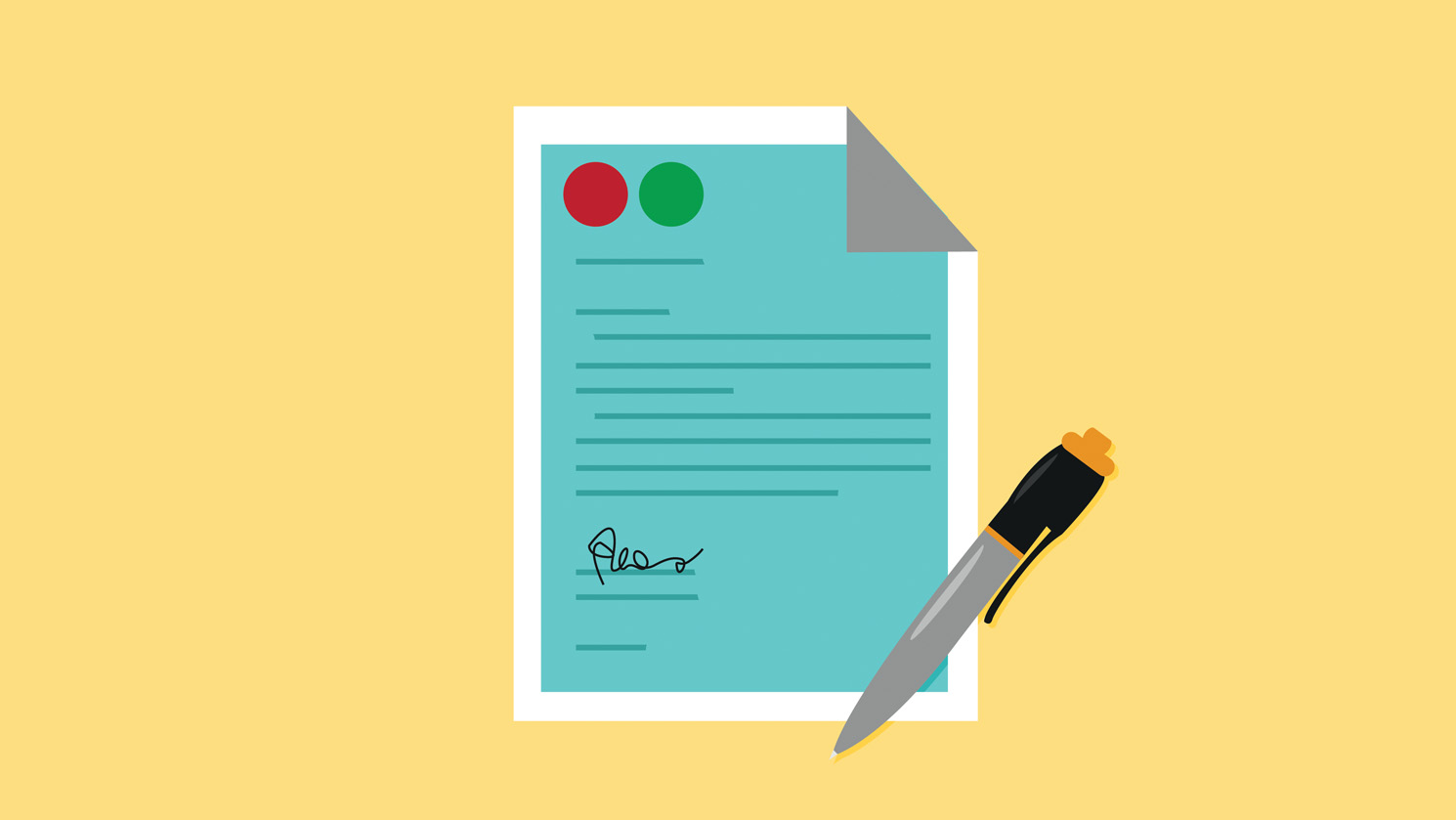Are you applying for a job in Australia? Your success will depend, to a large extent, on the quality of your cover letter and resume. Both are critically important documents that have some similarities – and some significant differences.
Let’s examine these in detail to ensure that you land a great job quickly.
Is A Cover Letter The Same As A Resume?
The short answer is an emphatic “no”.
Both documents are essential marketing tools designed to deliver a memorable first impression and convey your suitability for a specific position.
Both sell you to a potential employer, but they do so in very different ways.
What Is A Resume?
A resume is a career document that provides employers and recruiters with a comprehensive snapshot of your commercial value as an employee.
It must contain relevant academic details, work experience (listed in reverse chronological order), skills, hobbies, personal interests and a personal profile.
A good resume is short, yet information-dense.
It should not be filled with empty jargon and superlatives; rather, it must clearly demonstrate your ability to solve a very specific commercial pain point.
By the way, in Australia, Europe, and some Commonwealth nations, the word “resume” is often used interchangeably with a “CV” or “curriculum vitae.” In the UK, Ireland, and New Zealand, “CV” is the preferred term.
What Is A Cover Letter?
A cover letter is a formal message addressed to the hiring manager/recruiter of the company you hope to join. It is written in proper letter format, with date, contact information, and a personalised greeting.
The purpose of a cover letter is to provide a basic introduction and provide any additional details that fall outside the normal confines of a resume.
For instance, it can be used to provide details regarding your motivation to join the company, or to explain the reasons for any gaps in your professional career, etc.
You can send a cover letter either in the body of the email or as an attachment along with your resume.
Resumes Showcase Your Value.
Use a resume to highlight details and aspects of yourself that are relevant from an employment perspective.
(Related: Should You Include Your Date Of Birth On Your Resume?)
The purpose of a resume is to convince the employer that you are uniquely different – in a commercially meaningful way – to other candidates. It helps the recruiter/HR person decide if the company should call you in for further interviews and tests.
Cover Letters Act As A “Sales Pitch”.
A cover letter is more like a marketing pitch that draws the recruiter’s attention to your resume. It gives you a chance to play up your skills.
Use it to highlight the most important points, then unpack them in much more detail throoughout your resume. Whenever possible, include small anecdotes or experiences to highlight your suitability for the job.
Resumes Are Formal In Their Tone.
You can write your resume in either the first or third person. Crucially, it tends to be quite factual and – dare I say – dry in its tone.
(By the way, do you want a professional resume writer to absolutely nail the tone of your resume? Consider hiring one of our pro resume writers).
Cover Letters Are Less Formal.
A cover letter is a personal letter from you to the employer/recruiter. You must always use the first-person narrative here – e.g., “I have this” or “I would love to work on this”.
While it’s certainly not the right place to become very casual or colloquial, some informality is allowed. Tailor the level of formality to the employer’s culture.
Basic Format Of A Resume.
The most widely used format for professional resumes is reverse chronological.
In this format, your most recent roles appear on top.
Below I’m listing the sections you need to include in a resume to ensure that it blows the socks off employers:
- Name/Contact Information – A resume should always start with your name and contact details. While the address is optional, a contact phone number and email are essential. While in some countries the use of photographs is common, this is not the case in Australia.
- Summary – This is a summary of your unique value proposition, written in 3-5 paragraphs. The focus should be on answering the question “what do I do for a business, in a way that others can’t?”
- Work Experience – This should start with your most recently held position. Each entry should contain your mandate, responsibilities and achievements. List only the last 15 years worth of roles.
- Education – The length of this section will depend on your seniority. If you are a recent graduate, you can list all educational coursework and extracurricular activities. If you’re a CEO, a mention of the top degrees and the name of institutions will suffice.
- Other Skills – This is a place where you list all relevant skills like languages, IT, hardware, software, marketing, and so on.
- Miscellaneous – You can also add other sections related to personal interests/hobbies, publications, any awards, conferences attended, references etc., depending on your profession or field of expertise.
Basic Format Of A Cover Letter.
Compared with a resume, the format of a cover letter is relatively simple. Yours should look pretty much like a normal business or formal letter and contain the following major sections:
- Date & Contact Information – Enter the date, your contact address, and the company’s information in the sender and receiver sections, as you would in a proper letter.
- Headline – Use a relevant and interesting tagline here, related to the impact you can have on the company if they hire you. A quick mention of your USP to the company, in other words.
- Greeting – If possible, find the name and identity of the person in charge of the hiring process. LinkedIn is your friend here. Try to use a personalised greeting, and if that fails, use a simple Dear Sir/Madam” instead.
- Introduction – You can dedicate the first paragraph to introducing yourself, and the reason why you are applying for this job.
- Focus On Your Strengths – Don’t copy-paste the content from your resume here. Instead, use this space to link your key strengths with the responsibilities of the job you are applying for. Always do some research on the company and the job before writing this bit; the extra effort will pay off.
- Focus On The Company – Continuing the theme from the earlier paragraph, explain why you think the company is the right place for you. Explain why you are excited about the prospect of working there and why you think you’re a cultural fit.
- Conclusion – Keep things short, and reiterate the key points from the previous paragraphs. Sign off using something formal like “yours sincerely” – along with your full name.
Maximum Length Of A Resume.
As a rule of thumb, aim for 1-2 pages in length if you’re a graduate – and 3-4 pages if you’re in a senior position.
Maximum Length Of A Cover Letter.
For a cover letter, the ideal length is one page – in a word document or PDF file.
Anything more than that and you are bound to lose the interest of the HR person reading it. Avoid long cover letters like the plague.
Even if you are excited about the job and have some big ideas, keep most of it to yourself – that is what interviews are for! A formal cover letter is not the place to express everything you have to say.
When To Use (Or Not Use) Cover Letters And Resumes.
A lot of confusion regarding cover letters and resumes stem from this aspect – when should you use one, or both? Resumes are always required.
If you want to apply for a job at any point in your life, you need an up-to-date resume – end of the story. Most job advertisements ask interested candidates to send their resumes.
Even if they don’t, you have to send one.
On the other hand, the need for cover letters isn’t as clear. Some employers specifically ask for a cover letter along with the resume in a job application. In those instances, it is a no-brainer – you have to craft a cover letter.
If there’s no mention of a cover letter in the job application, I recommend you attach one nonetheless. At worst, it simply won’t get read.
Remember To Target.
Do not mass mail your resume and cover letter. Both have to be tailored to specific roles that you’re applying for.
Do some research about the company, find out their key requirements, and highlight them in your documents.
Remember To Hit The Keywords.
Search engine optimisation is not just for websites anymore. These days, many resumes and even cover letters end up passing through ATS scanners before they ever reach a human.
The software is programmed to look for specific keywords; applications that fail to score high on these scans end up getting rejected.
To get the terminology right, read the job posting with extreme care and attention. Focus on the language used and mirror the important terms and themes across your resume and cover letter.
Of course, don’t fabricate stuff – just ensure that you are using the “right” terms to describe all relevant skills in your documents.
Keep in mind that this is only useful when dealing with huge corporations. Smaller businesses usually handle applications in the good old way, using HR teams.
In fact, 60% of all job applications are still processed by humans. Don’t write your resume purely to impress the software – that will backfire big-time!
– Irene






